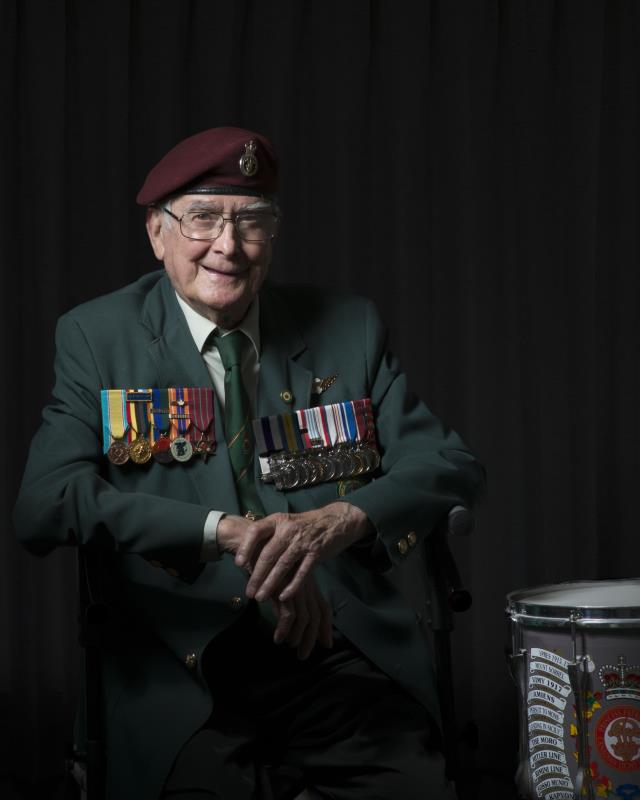lance70
No longer a newbie, moving up!
- Joined
- Oct 20, 2008
- Messages
- 289
- Reaction score
- 87
- Location
- St.Louis MO
- Can others edit my Photos
- Photos NOT OK to edit
Hello, wondering where photographers point their light meter and your reason behind it....I watched several videos and it shows pointing towards the main light source but then I read a few articles and it shows the importance of pointing the light meter back to the camera....


 The point is, use what works.
The point is, use what works.








![[No title]](/data/xfmg/thumbnail/37/37602-1ef8dbb1c2d0e4ff347ee65d328c3603.jpg?1734170730)



